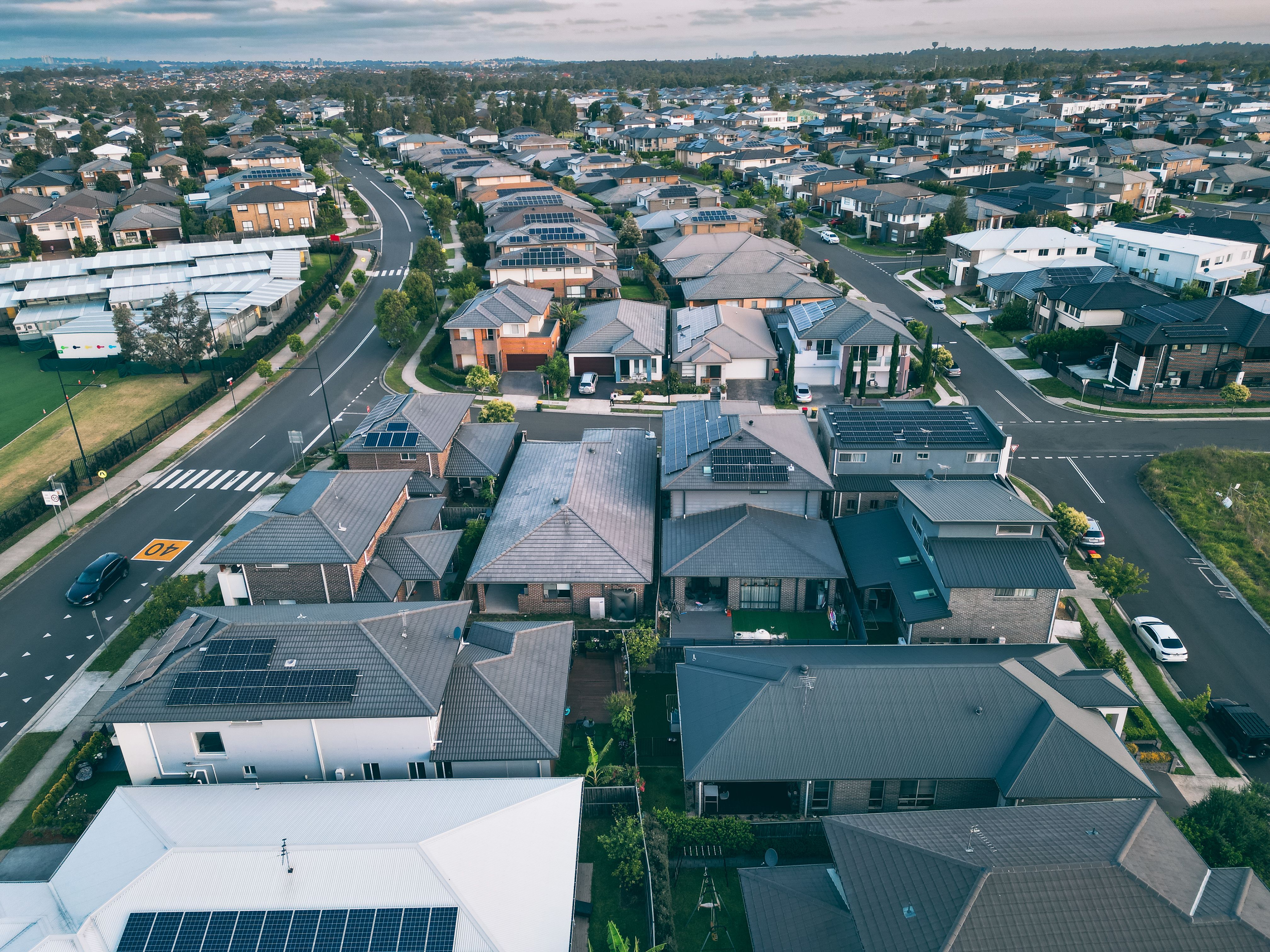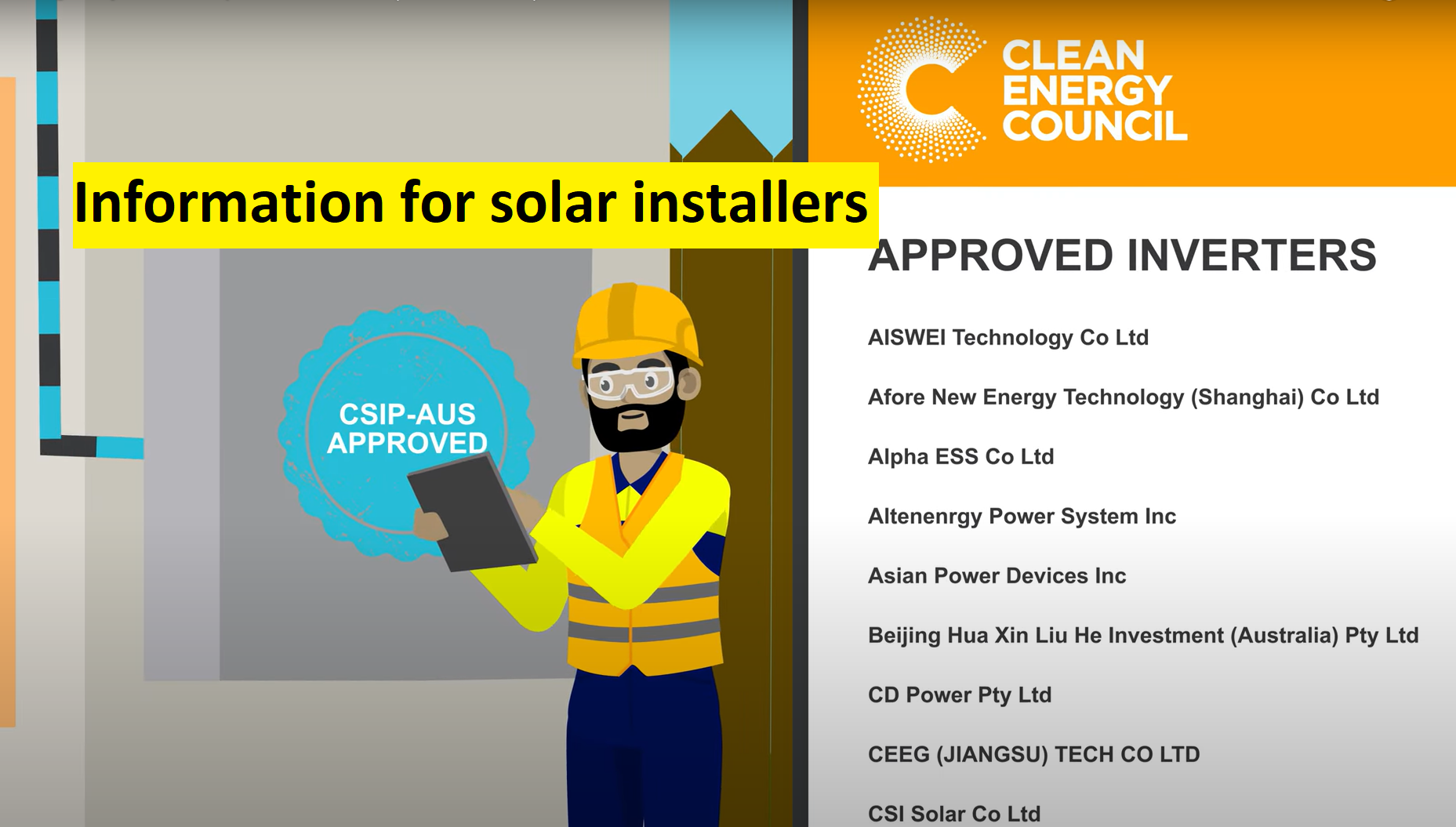Solar and Other Technologies

5 Steps to Solar Success
If you're keen to join the growing number of Victorian households lowering their energy bills and carbon footprint with solar and other technologies, we're here to guide you through the process.

1. Choose your installer
2. Submit pre-approval application before purchasing your solar
3. Installation and commissioning
4. Notify your retailer
5. Successful connection (ongoing compliance)
Victoria’s Emergency Backstop Mechanism
The final stage of changes, which come into effect from 1 October 2024, will impact households and small businesses installing a new, replacement or upgraded system.





Getting the Most From Your Solar

Basic Maintenance
Regular maintenance keeps your solar panel system safe and efficient. Each year, you should:
- Clean the panels by removing dirt and grime. Be sure to refer to the manufacturer’s guide beforehand, or hire a professional to do the work for you.
2. Follow the maintenance schedule from your installer to maximise efficiency of the panels.

Self Consumption vs Export
Using your solar power at home is the best way to save money on your electricity bill. While you get paid a little for sending extra energy to the grid, it’s less than what you pay for electricity when your system isn’t producing any.
To get the most out of your rooftop solar system, try shifting more of your electricity usage to peak solar production time (when the sun's out). Here are some tips:
- If you have devices that use a lot of electricity (like an electric vehicle, washing machine, or dishwasher), try to use or charge them during the day when your solar panels are producing power.
2. Invest in smart devices or a home energy management systems to automate usage to when your solar is producing energy during the day.

Tracking Your Electricity Usage
Did you know you can view and manage your electricity bill by logging into Track My Electricity Usage?
Check on your electricity consumption and compare it to other users in your suburb. Check your home's CO2 emissions and set targets to reduce them by managing your electricity use efficiently. Save money by comparing energy retailer offers on websites like Victorian Energy Compare.

Keep Your System Connected to the Internet
From 1 October 2024, all new or upgraded solar system inverters must remain connected to the internet.
Ask your installer how to check the connection using your solar app and how to reconnect if your connection is lost. If your internet connection is not stable, ask for advice on arranging a wired internet connection.
Solar Premium Feed-in Tariff (PFIT)
The solar premium feed-in tariff will end on 1 November 2024.
The Solar PFIT scheme offers eligible households, businesses and community organisations with small-scale solar systems of five kilowatts or less a credit of at least 60 cents per kilowatt hour for excess electricity fed back into the grid.
The scheme was introduced in 2009 by the Victorian Government to provide extra support for people installing rooftop solar and was closed to new applicants in late 2011.
Customers who are part of this scheme will stop receiving the credit when the scheme ends on 1 November 2024.
For more information customers can contact their electricity retailer.
Useful Links
Other Technologies
Types of Embedded Generation include:
Inverter Energy Systems (IES)
Battery Storage (when exporting to the network)
Wind generators
Solar panels
Non-IES (rotating)
Synchronous machines like diesel generators or gas generators
Induction machine
All generation systems that require a connection to our electricity network must be reviewed and approved by Jemena prior to connection and operation. This is to ensure safety and compliance.

Useful Links
Customer agreements
MSO effective for new connections <30kVA - from 1 October 2024
Negotiated Embedded Generation - Terms and Conditions
Technical guidelines and inverter settings
Inverter Requirements & Settings (AS/NZS 4777.2: 2015) - SUPERSEDED
Embedded Generation documents and guidelines (link to page)
Emergency Backstop Documentation
Emergency Backstop Mechanism
DEECA - Victoria's emergency backstop mechanism for solar
Jemena - Emergency Backstop Mechanism
Jemena's Emergency Backstop Webinar for solar installers- Slide deck- Sep 2024








